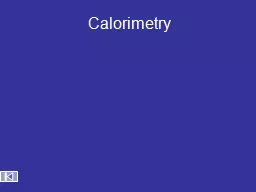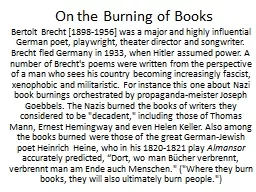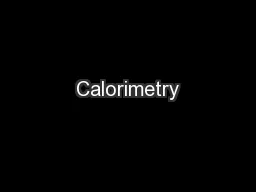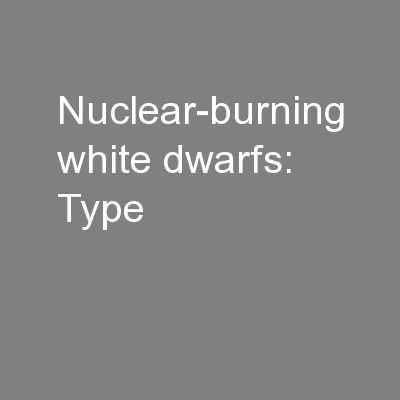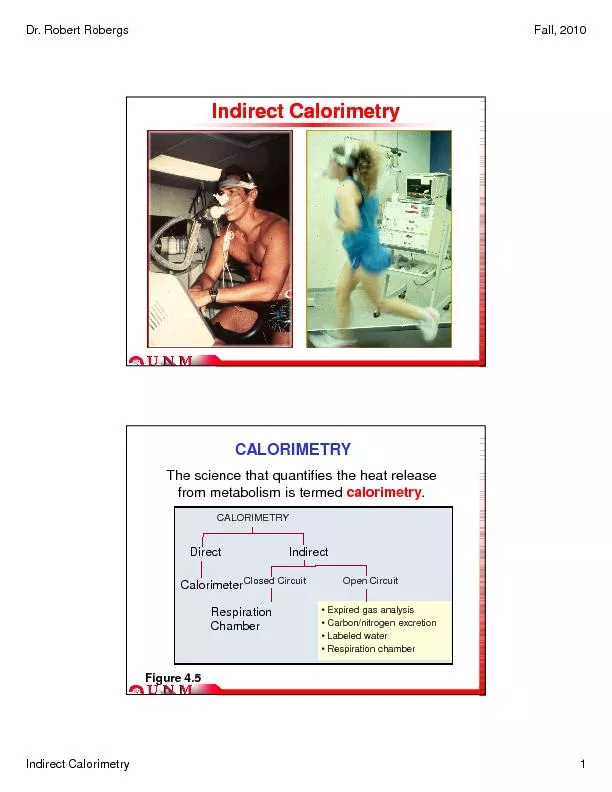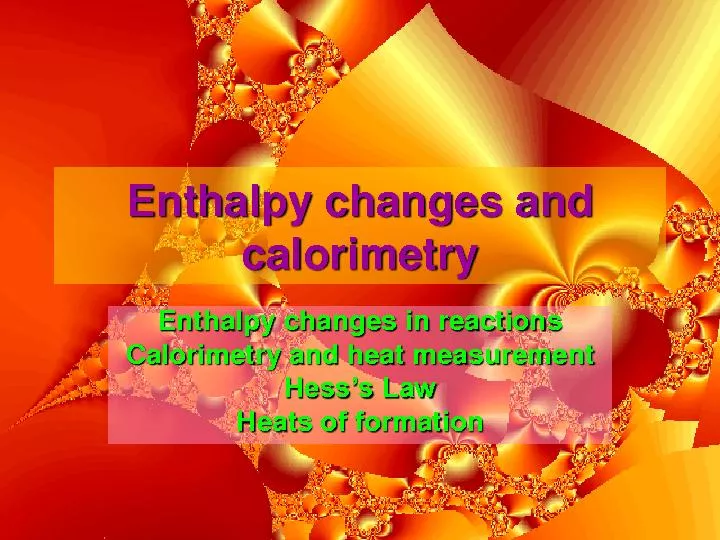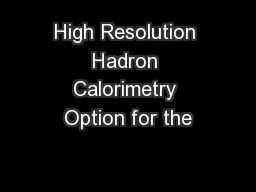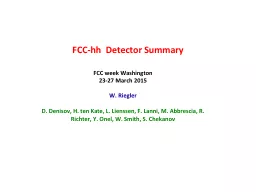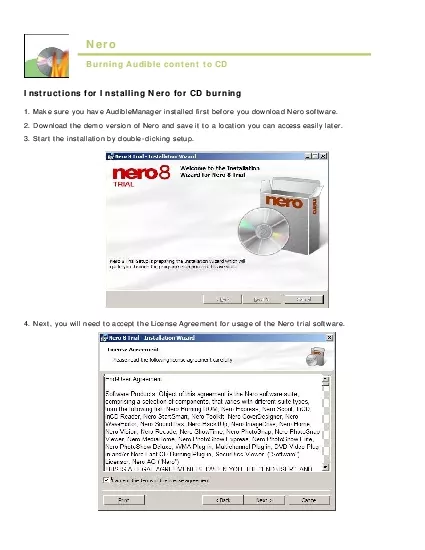PPT-Calorimetry Burning of a Match
Author : stefany-barnette | Published Date : 2020-01-10
Calorimetry Burning of a Match Zumdahl Zumdahl DeCoste World of Chemistry 2002 page 293 Energy released to the surrounding as heat Surroundings System Reactants
Presentation Embed Code
Download Presentation
Download Presentation The PPT/PDF document "Calorimetry Burning of a Match" is the property of its rightful owner. Permission is granted to download and print the materials on this website for personal, non-commercial use only, and to display it on your personal computer provided you do not modify the materials and that you retain all copyright notices contained in the materials. By downloading content from our website, you accept the terms of this agreement.
Calorimetry Burning of a Match: Transcript
Download Rules Of Document
"Calorimetry Burning of a Match"The content belongs to its owner. You may download and print it for personal use, without modification, and keep all copyright notices. By downloading, you agree to these terms.
Related Documents

